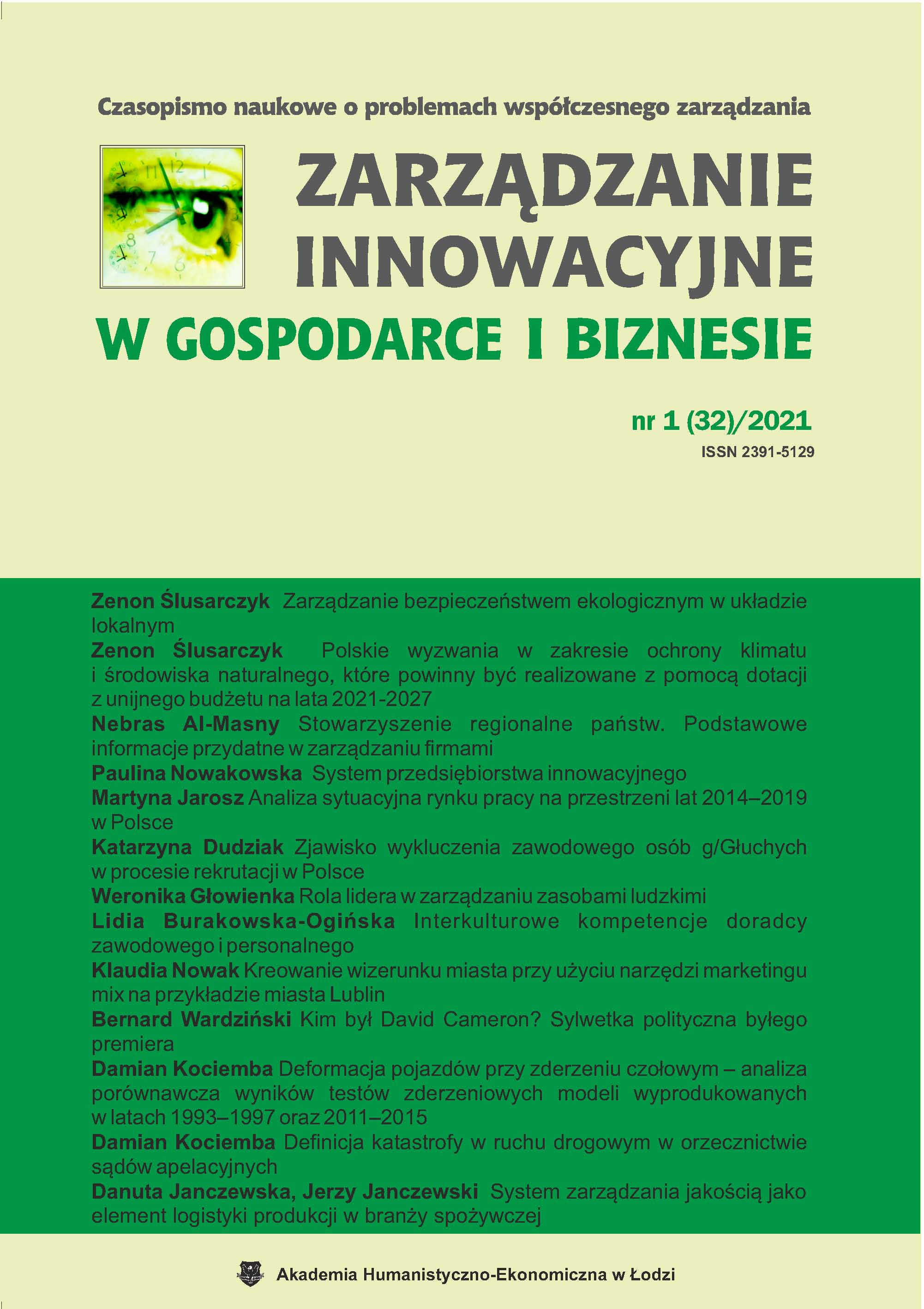Vehicle deformation in frontal collision – comparative analysis of the results of crash tests of models manufactured in 1993–1997 and 2011–2015
DOI:
https://doi.org/10.25312/2391-5129.32/2021_11dkKeywords:
vehicle deformation, frontal colision, crumple zone, vehicle safetyAbstract
The aim of this publication is to verify the following hypothesis: modern vehicles, despite the increased curb weight, and thus greater kinetic energy released during a frontal collision, can undergo less body deformation. This conclusion is drawn on the basis of twelve crash test reports conducted by the American organization NHTSA (National Highway Traffic Safety Administration). Six of them were prepared for cars manufactured in the last decade of the 20th century, the rest for vehicles manufactured in 2011–2015. It was possible to compare the deformation depth for these vehicles and to make calculations taking into account such parameters as: released kinetic energy, percentage change in the total length of vehicles and the average deformation depth.
Downloads
References
Bober L. (b.r.), Energia kinetyczna, https://leszekbober.pl/fizyka/praca-moc-energia/energia-kinetyczna
Owczarz M., Witkiewicz M., Taryma S., Jerszow Ł. (2014), Badanie zależności pomiędzy deformacją powypadkową a prędkością kolizyjną samochodów osobowych w chwili początkowej zderzenia, „Autobusy, Technika, Eksploatacja, Systemy transportowe”, nr 6.
Sztwiertnia K., Guzek M., Januła J. (2017), Niepewność w określeniu prędkości EES zderzenia samochodów wyznaczanej metodą eksperymentalno-analityczną, Wojskowy Instytut Techniki Pancernej i Samochodowej, Politechnika Warszawska, Warszawa.
Zgniot i rekrystalizacja metali (b.r.), https://mech.pg.edu.pl/documents/4566477/14063406/tem_2_energetyka_opis1.pdf
Downloads
Published
Issue
Section
License
Copyright (c) 2022 Akademia Humanistyczno-Ekonomiczna w Łodzi

This work is licensed under a Creative Commons Attribution-ShareAlike 4.0 International License.

